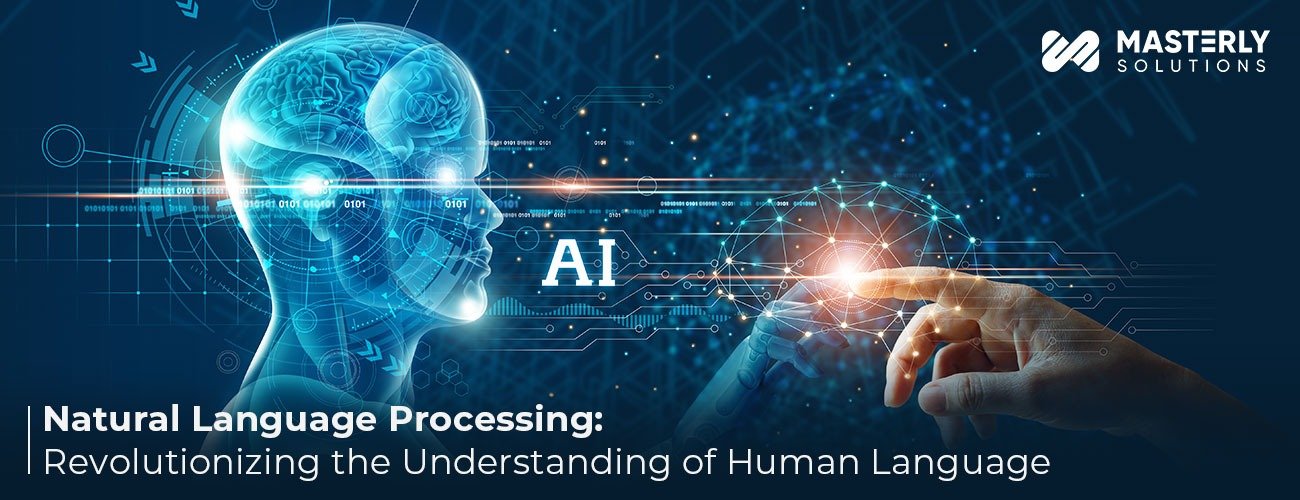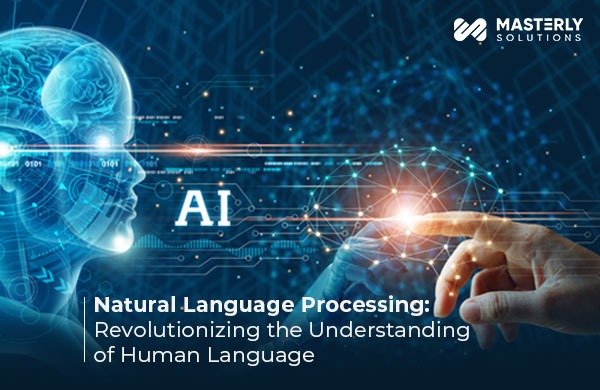
In the ever-evolving landscape of technology, Natural Language Processing (NLP) stands out as a cornerstone in the fusion of artificial intelligence (AI) and human linguistics. This blog delves into the intricacies of NLP, a subfield of AI that focuses on enabling machines to understand, interpret, and respond to understanding of human language in a valuable way.
Understanding Natural Language Processing (NLP)
At its core, Natural Language Processing combines computational linguistics with machine learning and AI, aiming to bridge the gap between human communication and computer understanding. The process involves teaching machines to comprehend and manipulate human language, allowing for seamless human-computer interactions.
NLP Techniques and Algorithms
To achieve its goals, NLP employs a variety of techniques and algorithms. These range from syntactic analysis, which breaks down sentences into their grammatical components, to semantic analysis, a more advanced technique that seeks to understand the meanings and intentions behind words and sentences.
NLP in Text Analytics and Data Mining
One of the most prominent applications of NLP is in text analytics and data mining. By analyzing large volumes of text data, NLP algorithms can extract meaningful patterns, sentiments, and insights, crucial for businesses to understand market trends and customer opinions.
Voice Recognition and Conversational AI
Another significant application of NLP is in voice recognition technology and conversational AI, such as chatbots. Through advanced NLP techniques, these systems can understand and respond to voice commands or queries, making them invaluable in customer service and personal assistants.
Semantic Language Processing
Semantic language processing, a subset of NLP, dives deeper into understanding the context and meaning behind words. This advanced level of comprehension is key in developing systems that can engage in human-like conversations and decision-making processes.
Machine Learning for Language Processing
The integration of machine learning with NLP has been a game-changer. By utilizing machine learning algorithms, NLP systems can learn from data patterns, continuously improving their language understanding and response accuracy.
NLP and Human Language Technology
NLP is a vital component of human language technology, which encompasses all computational tools designed for analyzing, understanding, and generating human languages. This technology is pivotal in overcoming language barriers and enhancing global communication.
The Future of NLP
As we look ahead, the potential of NLP is boundless. From enhancing language AI to powering sophisticated NLP algorithms, the field is set to transform how we interact with technology and access information.
Conclusion
Natural Language Processing is not just a trend in the tech world; it’s a pivotal component of the future of AI. Its ability to understand and interact with human language has opened doors to numerous possibilities, from revolutionizing customer service with chatbots to enabling in-depth text analytics. As technology advances, NLP will continue to be a key player in driving the future of seamless software experiences, especially in fields requiring sophisticated language understanding and interaction.
